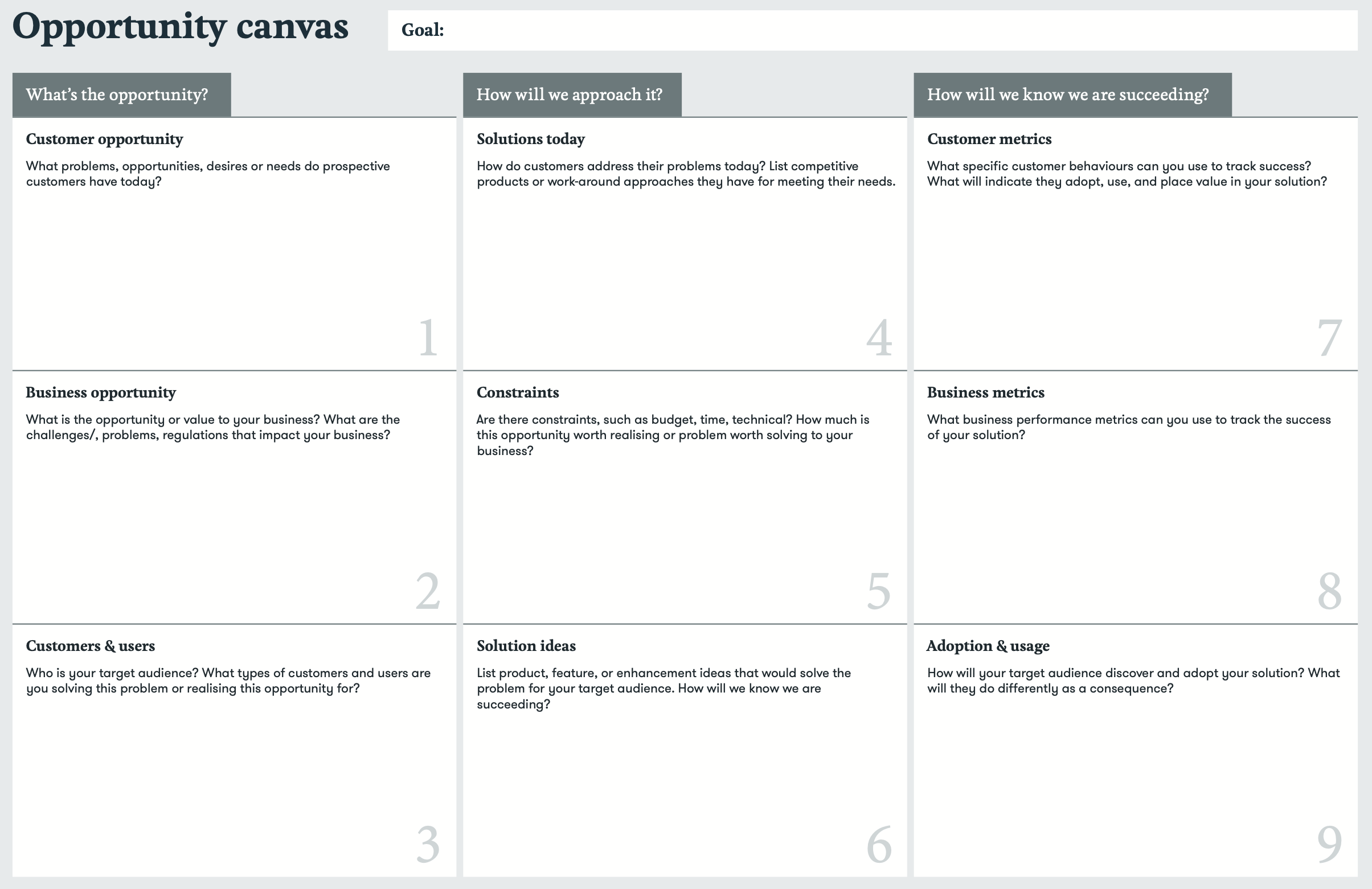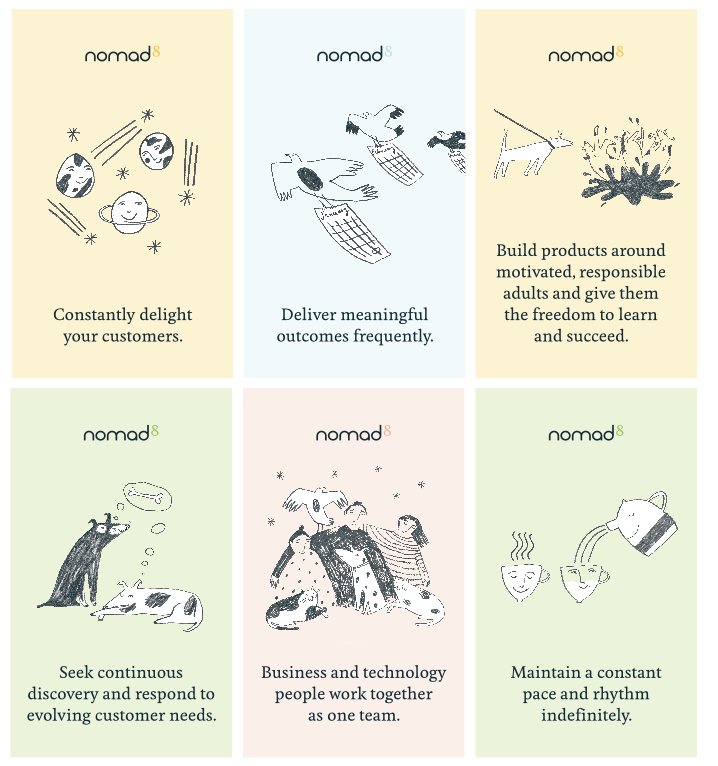Free Stuff
Explore our free collection of canvases, tools, ideas, white papers, and presentations — designed to help you spark conversations, improve the way you work, and share with your team.
Facilitation Canvas
Many workshops and meetings end up scattered, with unclear outcomes. A single, flexible framework aligns purpose, people, and outputs. It doesn’t restrict creativity but ensures real results.
The Nomad8 Facilitation Canvas makes every session count.
Retro Facilitation Canvas
This is a new tool to help you prepare specifically for retrospective meetings. Work through the design, people required and identify the right timing with these helpful prompts and structure.
Role Expectation Mapping Canvas
The purpose of the canvas is to allow the team to discover their mismatched expectations interactively in the room, as opposed to going through an interview process.
The Farewell Canvas
Get on top of the knowledge gaps that can come about when someone leaves the team. This canvas is a great conversation starter right after you hear that someone is about to leave. Find out more about how to use it or download above.
Opportunity Canvas
Use this canvas to gain a shared understanding with your stakeholders and team, about your business opportunity.
Principle cards
Print off and create your own set of Modern Agile principle cards to spark conversations and set goals for improving your Agile practices. You can read about how to use the Agile principle cards to become more agile here.
Liftoff cards
Over time we have collected a large number of activities for team building, learning and visioning. We have turned each of these activities or talks into a card. Print them out from this template, and plan your liftoff day!
Self-Selection Pocket Guide
This free Self-Selection pocket guide is a companion to the book “Creating Great Teams - How Self- Selection Lets People Excel” by Sandy Mamoli and David Mole. The pocket guide provides ready-made checklists for preparing and running self-selection events.
Olympic Canvas
Use this canvas to work out how to choose the best team for you, use failure as fuel for your success, give and receive timely feedback on and off "the field" and never stop learning. Find out more here and download the canvas above.
Self-Selection on a Page
A facilitated process of letting people self-organise into small, cross-functional teams.It is the fastest and most efficient way to form stable teams and is based on a belief that people are at their happiest and most productive if they can choose what they work on and who they work with.
Team Performance Workshop
Why is it that we are still obsessed with the performance of the individual in our modern team-based organisations? Shouldn’t we measure and compare teams instead? Not for the sake of competing, but to learn from each other. Here's a guide for how to facilitate this.











